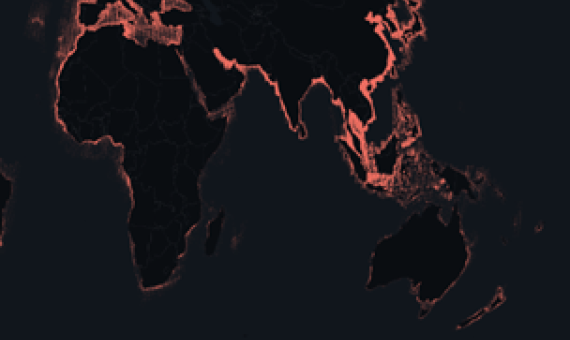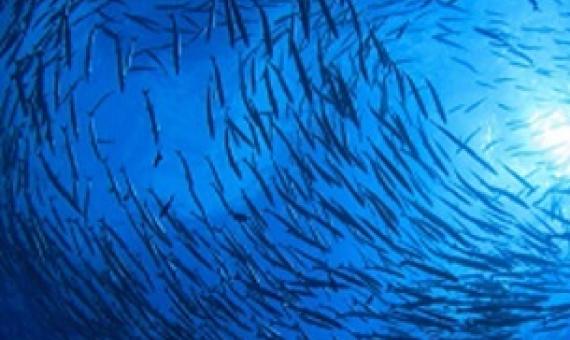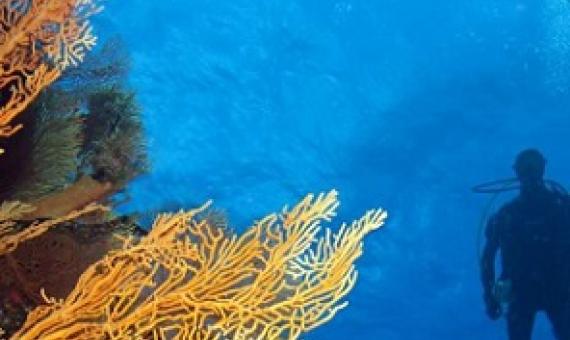A Synopsis of information relating to marine protected areas : volume 1 / by Michael Huber and Kerry McGregor
This is the first of the six reviews. It was prepared by Mike Huber and Kerry McGregor who comprehensively reviewed activities and current thinking in relation to marine protected areas (MPAs) and their application to the management and conservation of coastal resources. While the focus of the review is the Pacific islands region, their presentation is supplemented with examples from other ocean regions.









